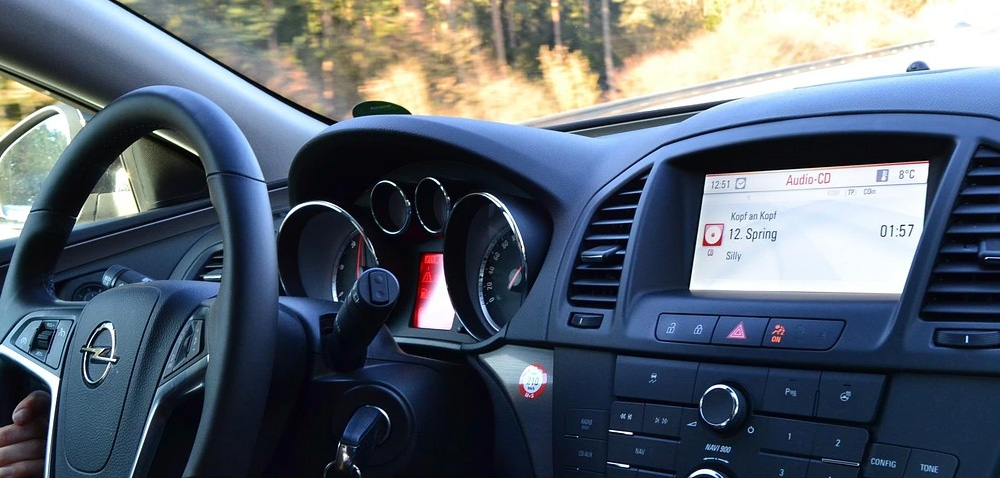Top 7 Skills You’ll Learn at a California Driving School

Learning to drive is more than just a rite of passage—it’s a responsibility. Enrolling in a certified driving school in California ensures that new drivers are equipped with essential skills to navigate today’s roads confidently and safely. Whether you’re a teen getting your first license or an adult brushing up on your skills, here are the top 7 skills you’ll gain at a California driving school.
1. Understanding Road Signs and California Traffic Laws
One of the first lessons in driver education is decoding the language of the road—signs, signals, and road markings. Driving schools in California place strong emphasis on teaching DMV-approved road rules, including right-of-way laws, speed limits, and local ordinances. Mastering these helps ensure compliance with California’s Vehicle Code and reduces the risk of citations and accidents.
2. Mastering Vehicle Control and Operation
One of the first lessons in driver education is decoding the language of the road—signs, signals, and road markings. Driving schools in California place strong emphasis on teaching DMV-approved road rules, including right-of-way laws, speed limits, and local ordinances. Mastering these helps ensure compliance with California’s Vehicle Code and reduces the risk of citations and accidents.
3. Defensive Driving Techniques
Defensive driving is at the heart of safe driving practices. California driving schools emphasize anticipating hazards, maintaining safe distances, and reacting calmly in emergencies. Students learn how to recognize aggressive or distracted drivers, manage blind spots, and make decisions that prioritize safety over speed or convenience.
4. Parking and Maneuvering in Tight Spaces
From parallel parking on a busy street to backing into a tight spot at the grocery store, parking is a skill that takes practice. Driving schools provide step-by-step guidance on various parking methods, including angle, perpendicular, and parallel parking. Students also learn how to execute three-point turns and U-turns safely and legally.
5. Navigating Intersections and Freeways
Intersections are where many collisions occur, and freeway driving can be overwhelming for beginners. Driving instructors teach the proper way to approach stop signs, traffic lights, roundabouts, and multi-lane intersections. On the freeway, students learn how to merge, change lanes, exit safely, and maintain appropriate speed while scanning their surroundings.
6. Handling Adverse Weather and Road Conditions
Though California is known for sunshine, drivers must still know how to manage rain, fog, and other weather challenges. Driving schools cover how to adapt speed, increase following distance, and use headlights appropriately in poor conditions. This training is crucial for safely navigating mountain roads, coastal highways, or busy urban routes.
7. Preparing for the California DMV Test
Ultimately, every student aims to pass the California DMV driving test. Driving schools align their curriculum with DMV standards, providing mock tests, personalized feedback, and one-on-one coaching to prepare learners thoroughly. Instructors often highlight common reasons for test failure, helping students avoid costly mistakes on test day.
Conclusion
Choosing a reputable driving school in California is an investment in lifelong safety and responsible driving. From mastering road rules to handling real-world scenarios, the skills you gain lay the foundation for confident and competent driving. Whether you’re just starting or seeking a refresher, professional instruction ensures you’re always road-ready.

